The SIGMA 100-400mm F5-6.3 DG OS HSM | Contemporary lens is the newest full-frame super telephoto zoom lens in the SIGMA Global Vision lineup, an update on the super-sharp 120-400mm F5-6.3 zoom lens. This is a very lightweight long-reach lens, weighing in at just two and a half pounds, and at 7.2 inches long in the bag, is lighter and more compact than the 70-200mm F2.8 EX zoom lens with twice the reach.
This is a first impressions, sneak peek, quick review of this hot new lens after my initial two hours of working with it. As soon as the lens showed up at my house, I was on the road to my favorite nearby birding hotspot, Sandy Hook, NJ—a seven mile long sliver of sand, wetlands, bays and beaches. I unboxed the lens in the parking lot and threw it on my 6D, and set about to grabbing some bird shots. We will follow up with a more in-depth breakdown of all the features, USB Dock customization, and suchlike in the near future, but here’s my raw take after two hours birding in flat light with this incredible new optic.
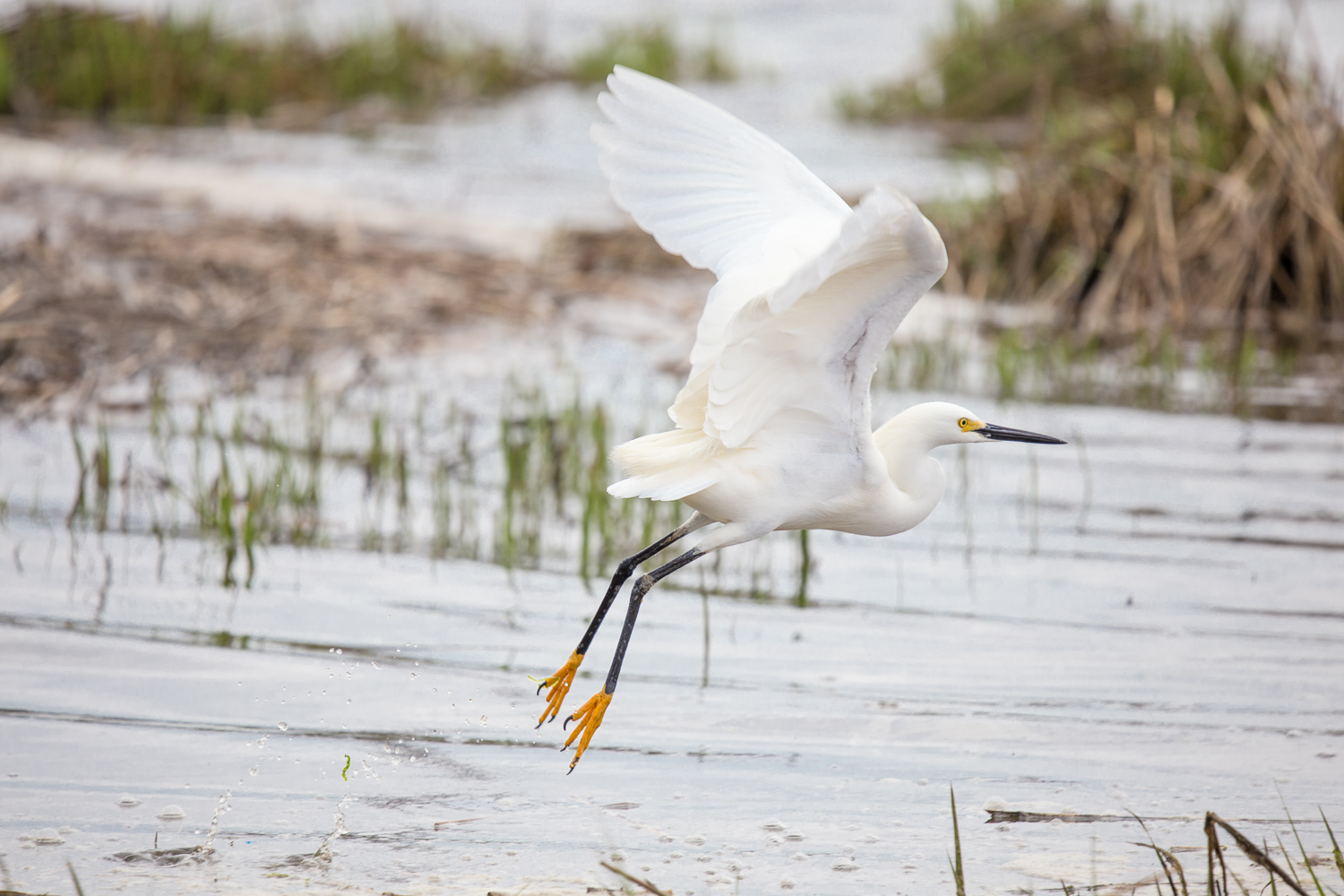
This lens is lightweight, easy to handle, and crazy sharp at 400mm, which is where I had it pegged pretty much constantly. The three zone focus limiter helps speed Autofocus response, and in the 6m-∞ zone where I was mostly focusing, the AF response was seriously zippy and able to keep up with all sorts of flying, flitting, and skittering shorebirds in very flat lighting conditions. The entire take was captured in AI Servo (Continuous autofocus), center focus point, and back-button focusing in either Manual or Aperture Priority mode.
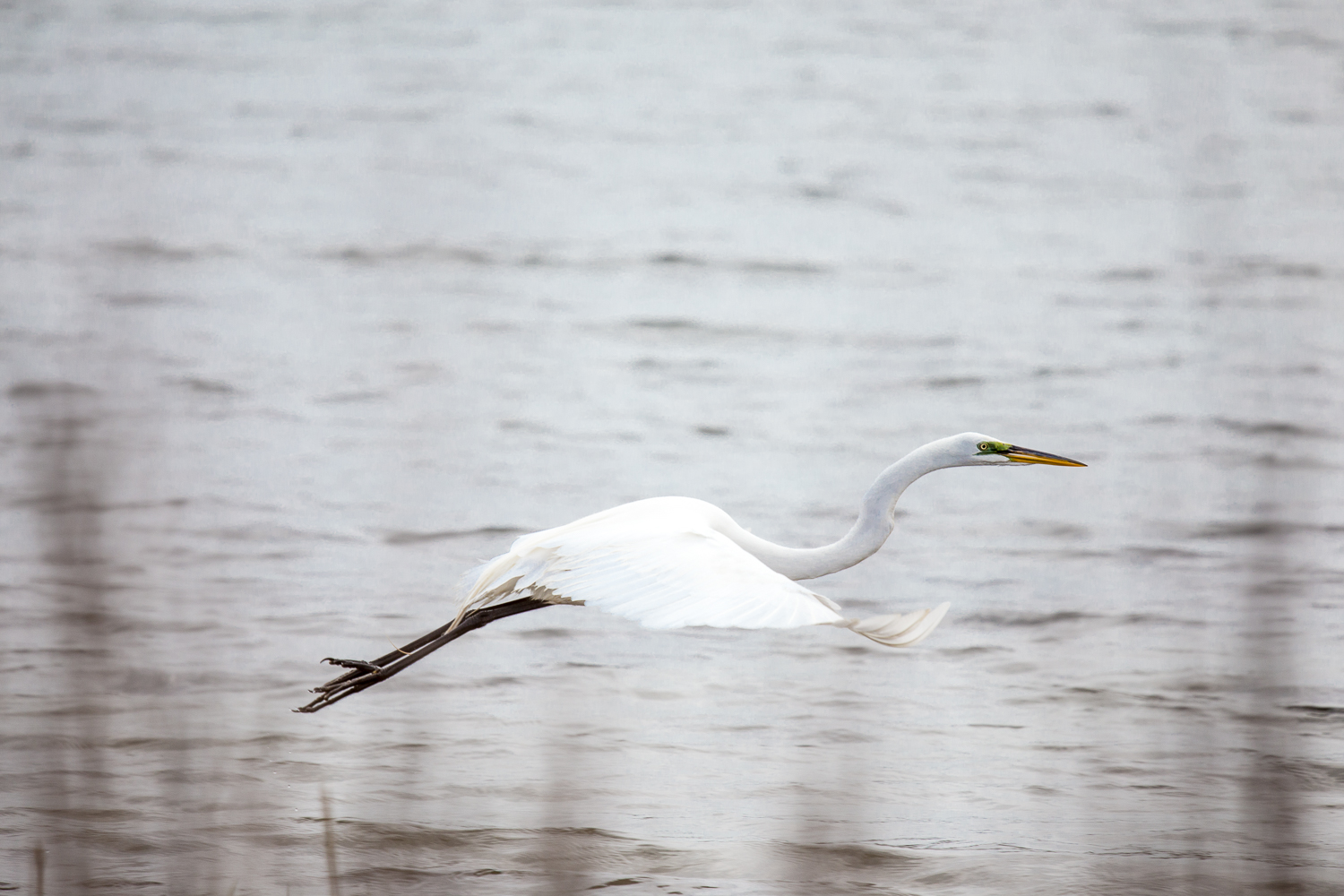
The 100-400mm Contemporary lens shares a lot of SIGMA DNA with its 150-600mm sisters, but it does skip the variable zoom lock to shave weight and cost. That being said, the zoom barrel is very well damped, and showed no signs of creep, even while hiking with the lens pointed skyward at 400mm for extended periods of time, and also in deliberate shaking tries to see if I could force it to budge. And the ability to easily work either the zoom ring or push-pull method to rack the focal length is a great touch, though as I mentioned, most of the time I was keeping it pegged at 400mm while out in the wetlands. My one very minor gripe with this lens is that when the lens hood is in transport position, it completely blocks the zoom ring.
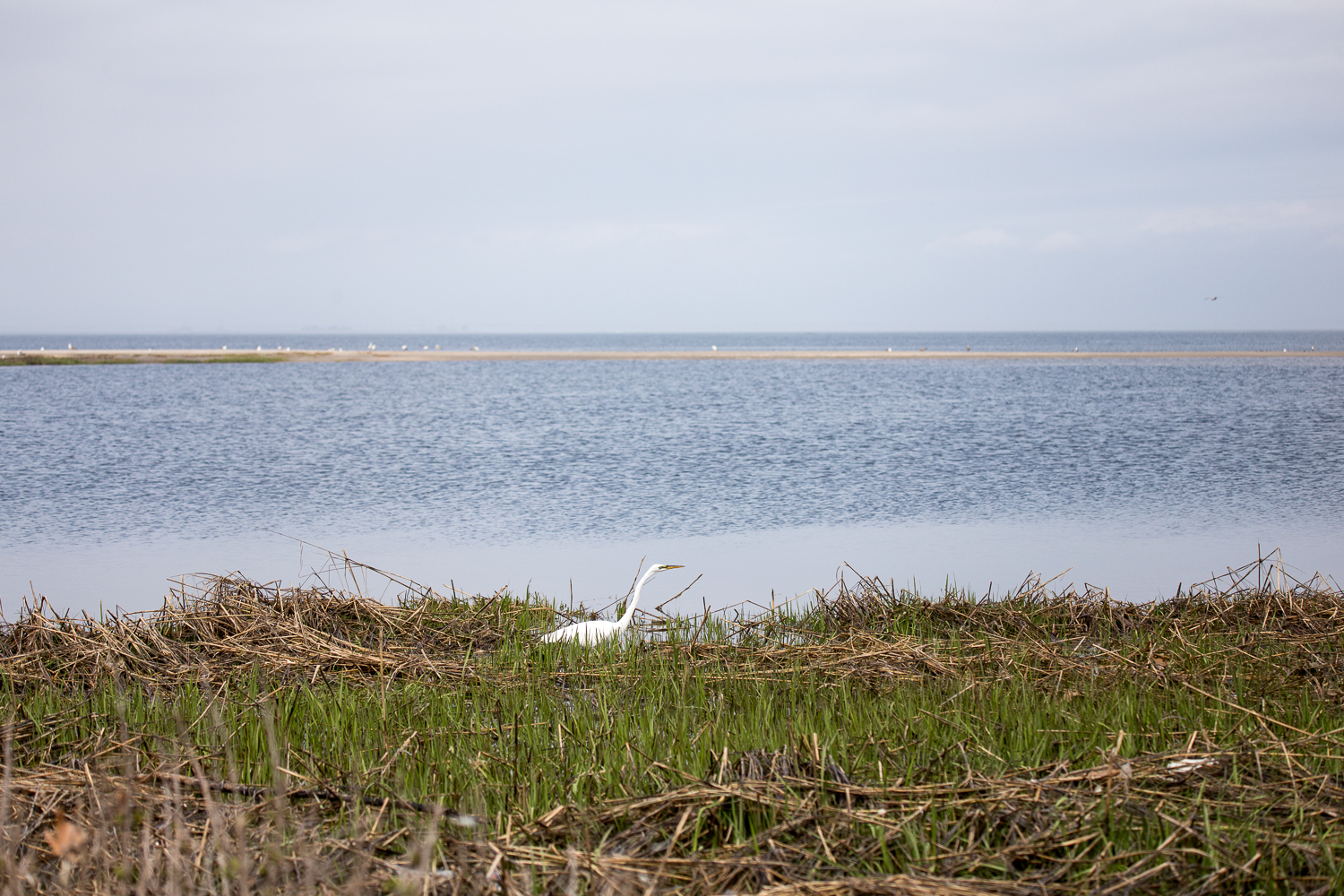
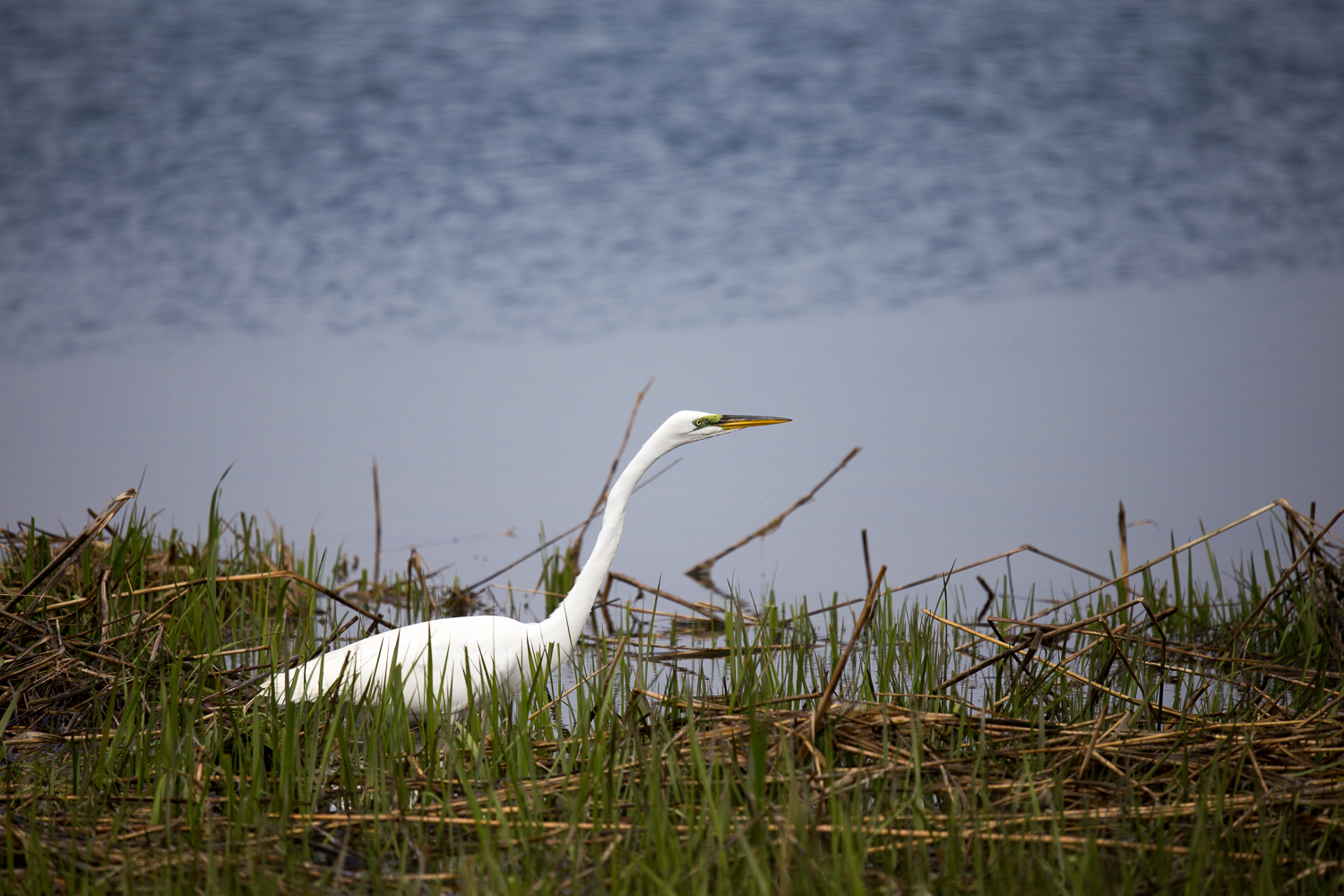
Paired with a full-frame Canon 6D, it felt very well balanced in the hands, and it is nice and crisp through the viewfinder. It was very flat midday light, ranging from cloudy-cloudy to cloudy-bright so it was an expose to the right kind of day. The AF was quick and responsive, and I had an easy time of tracking birds in flight, and scampering on the sand straight out of the box. I’m very excited to tune the lens with a speed-priority AF and custom focus limiter setting in SIGMA Optimization Pro before my next outing to tweak it even more. The photos in this series were lightly tuned in Adobe Camera RAW to optimize exposures.

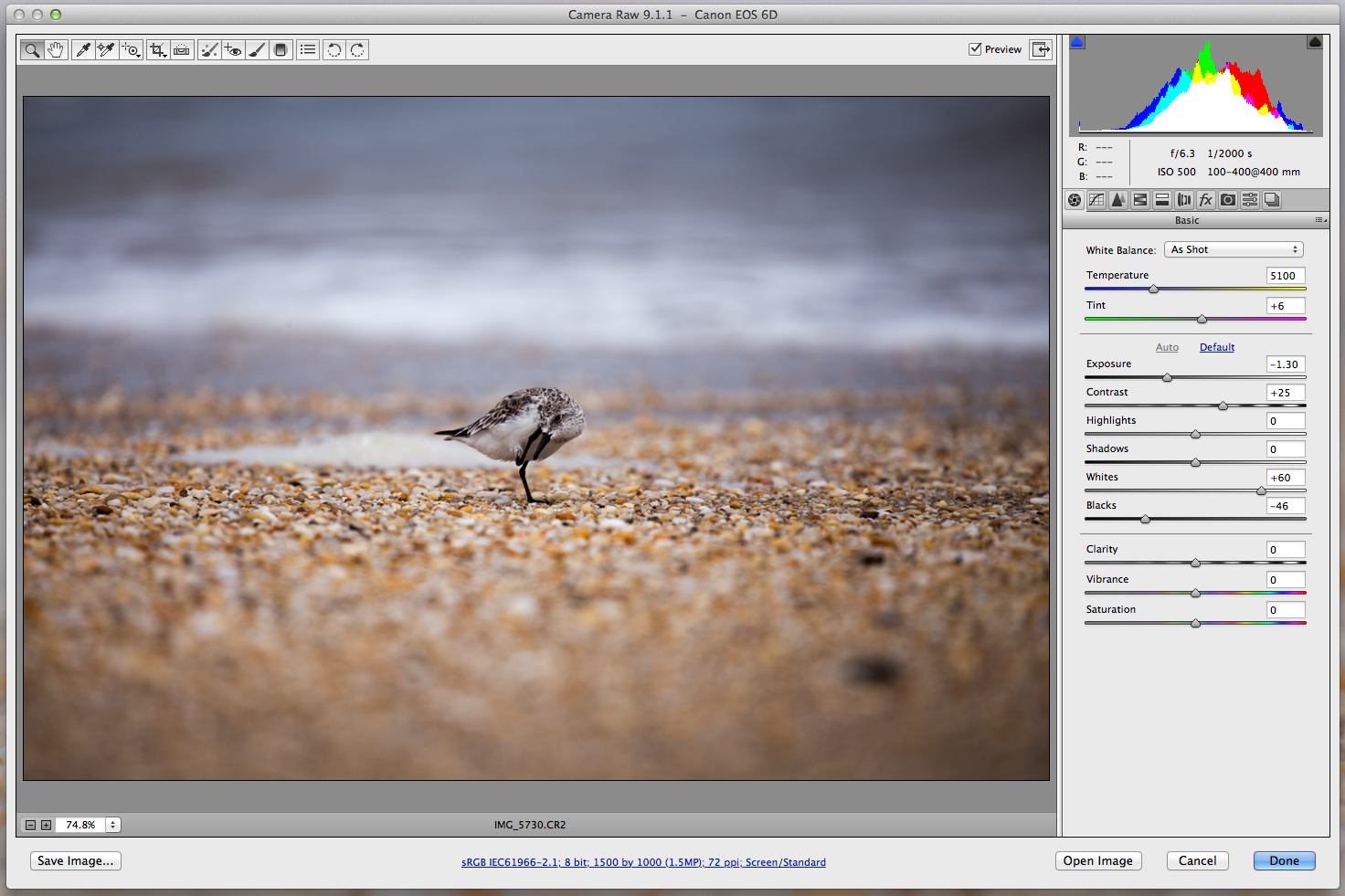
On a full-frame lens, this is the perfect lightweight midrange tele lens for wildlife and field sports. And when it comes to crop sensor cameras, it is a virtual 150-600mm zoom lens, again, perfect for small and distant wildlife, and especially for youth field sports, where it is sometimes possible to be over-lensed with the actual 150-600mms (900mm reach on a half-size soccer field or 60-foot ball diamond is overkill!)
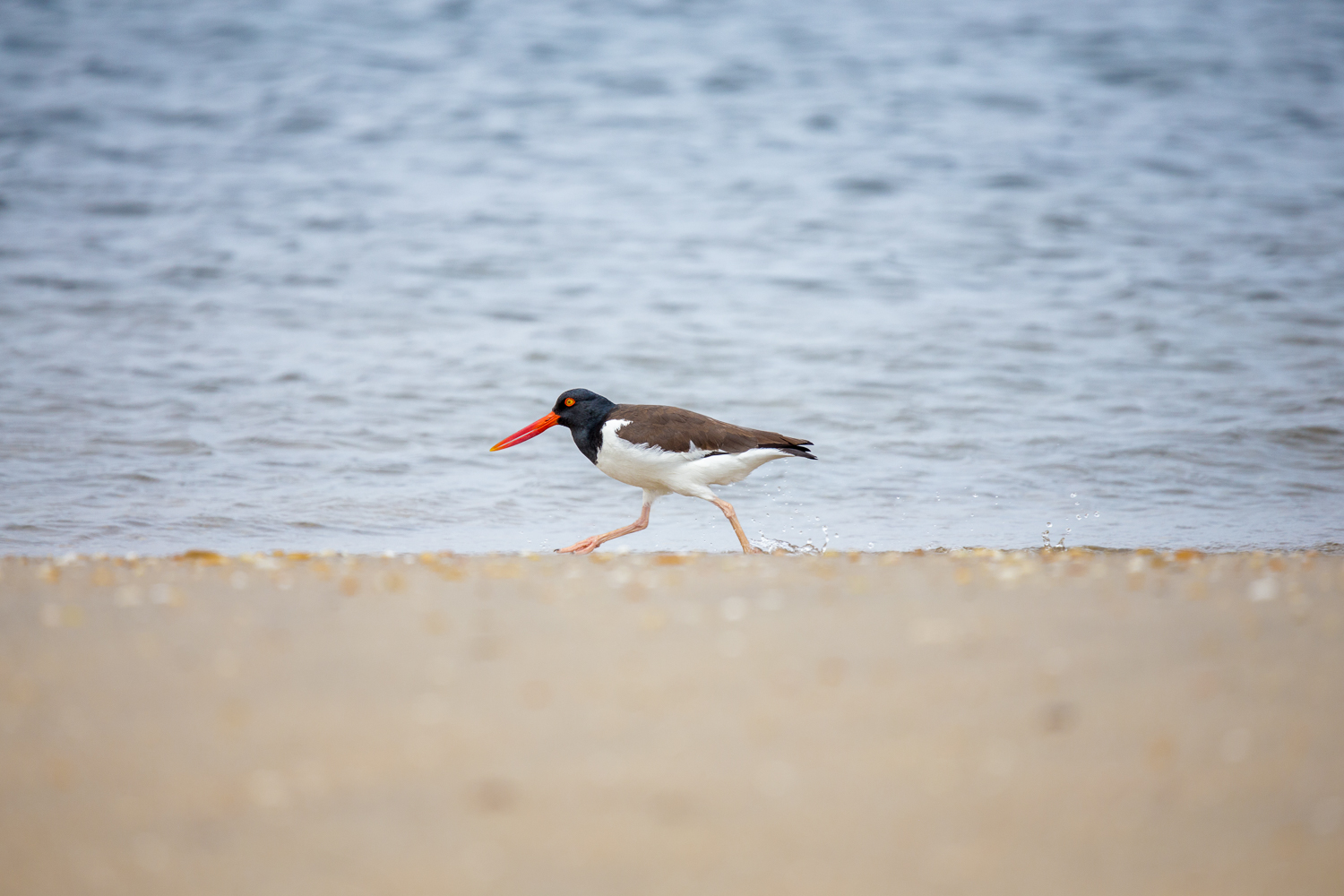

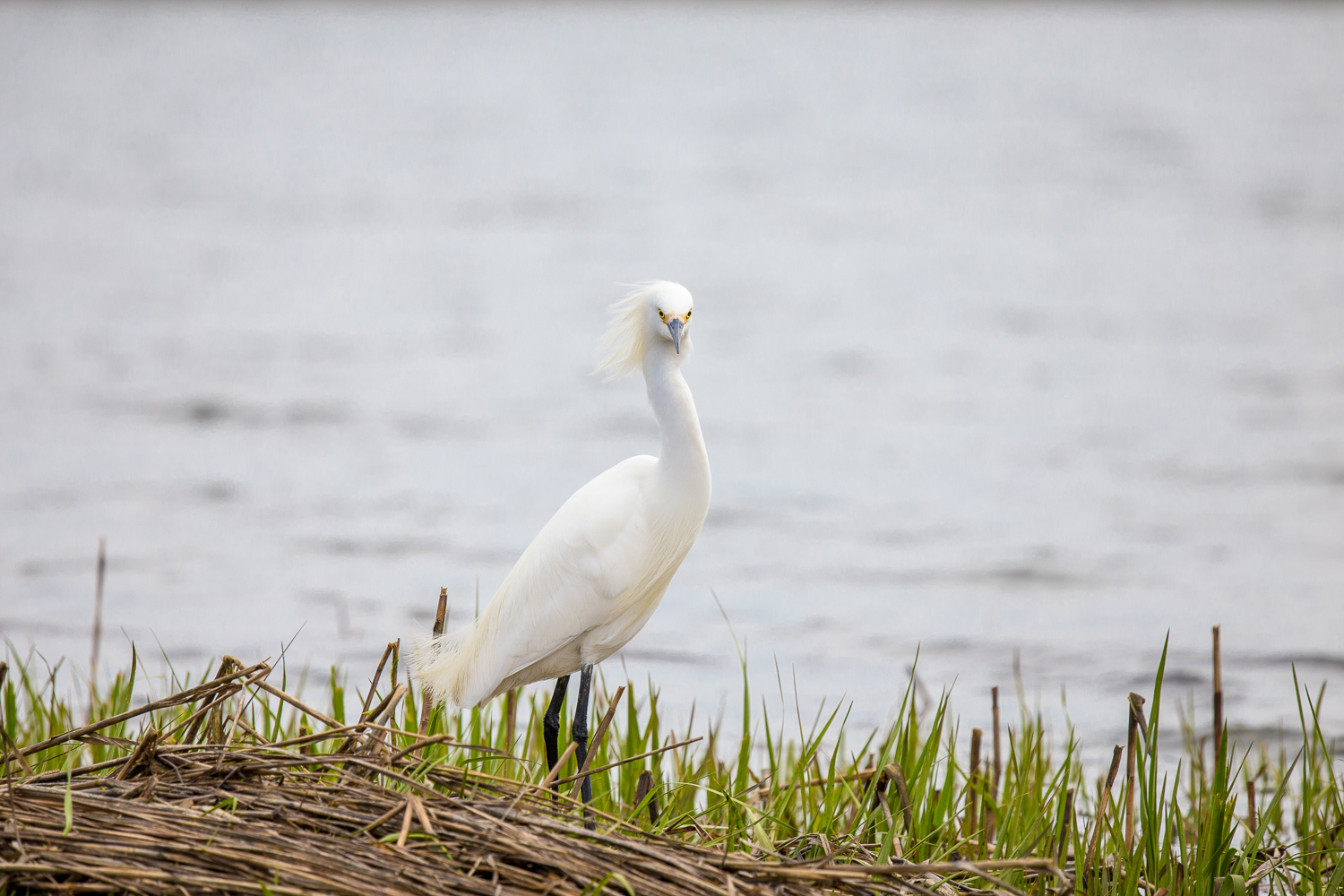
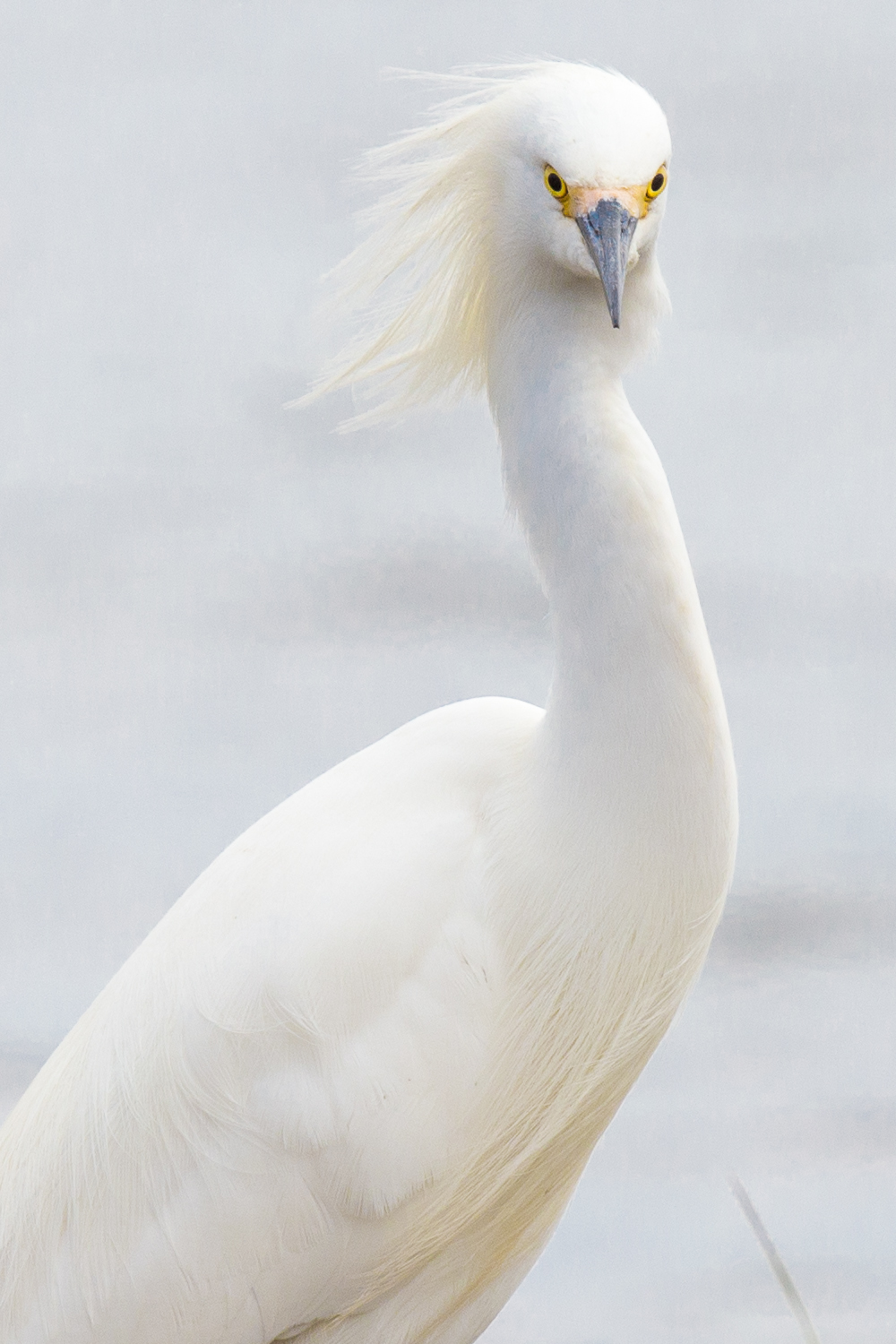
So after two hours of chasing birds on wing and along the water’s edge, at fast shutter speeds, I can tell you I am very impressed with both the autofocus speed and accuracy and the wide-open sharpness of this lens at 400mm. That’s what I was after in my shots, because, really, that’s what matters most to me in a tele lens.
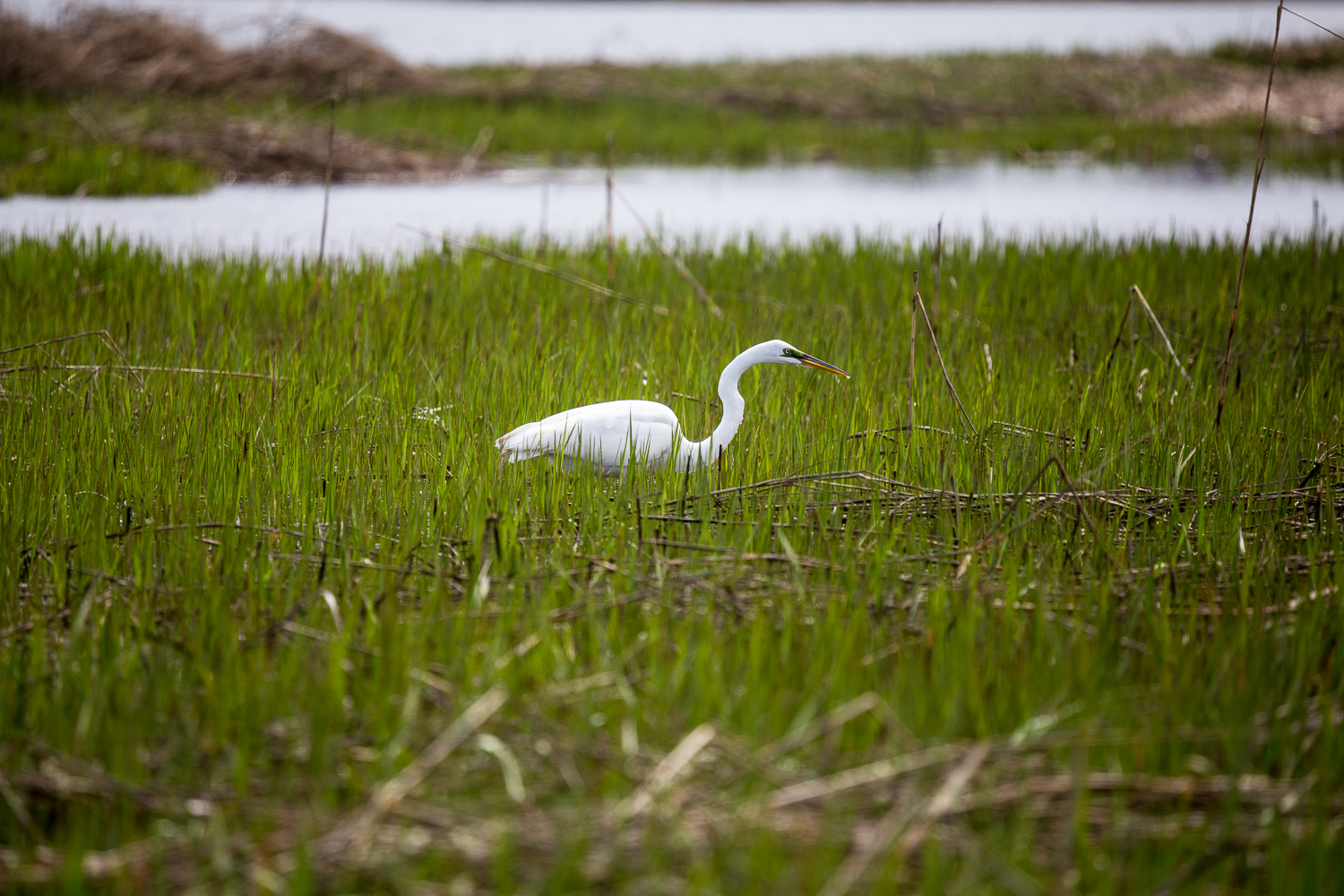
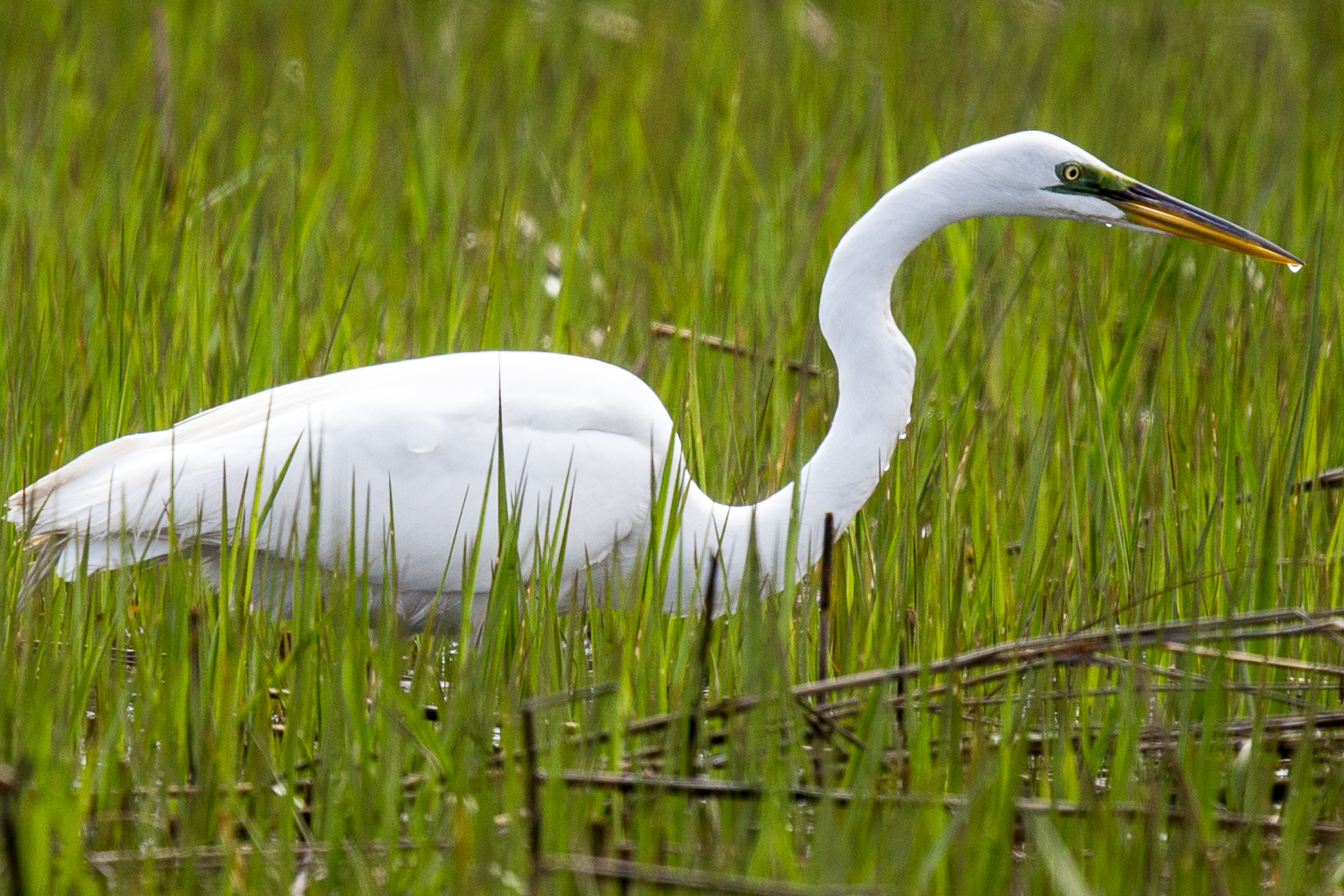
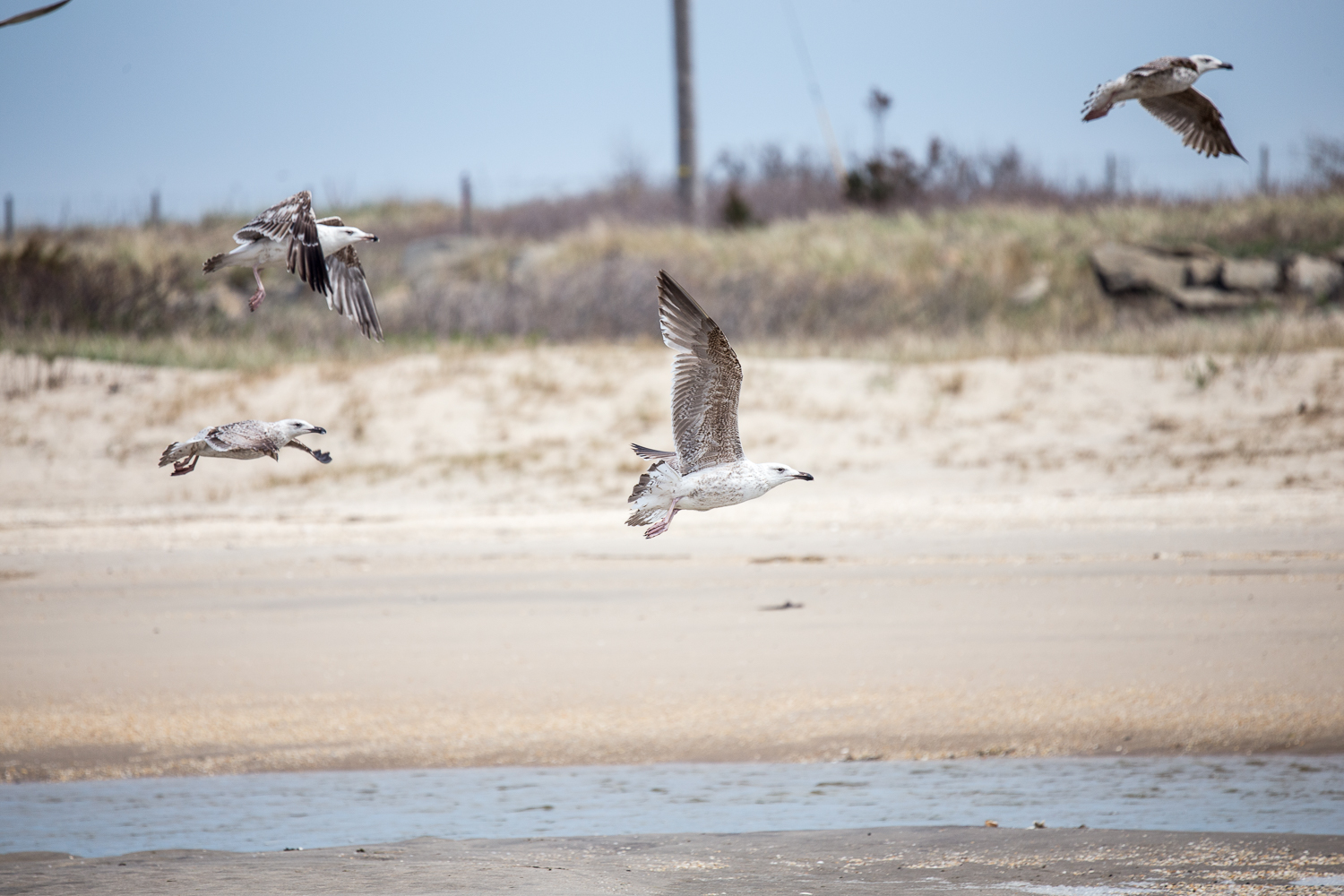
I didn’t bother turning on Optical Stabilizer, because even exposing to the right with slower shutter speeds, I was still always well above 1/1000, rendering OS wholly unnecessary. We’ll tackle OS effectiveness, performance with the teleconverters, tweaking the autofocus parameters with SIGMA Optimization Pro, and a full-on breakdown comparison with its bigger sister the 150-600mm C lens in a follow up post in the near future.
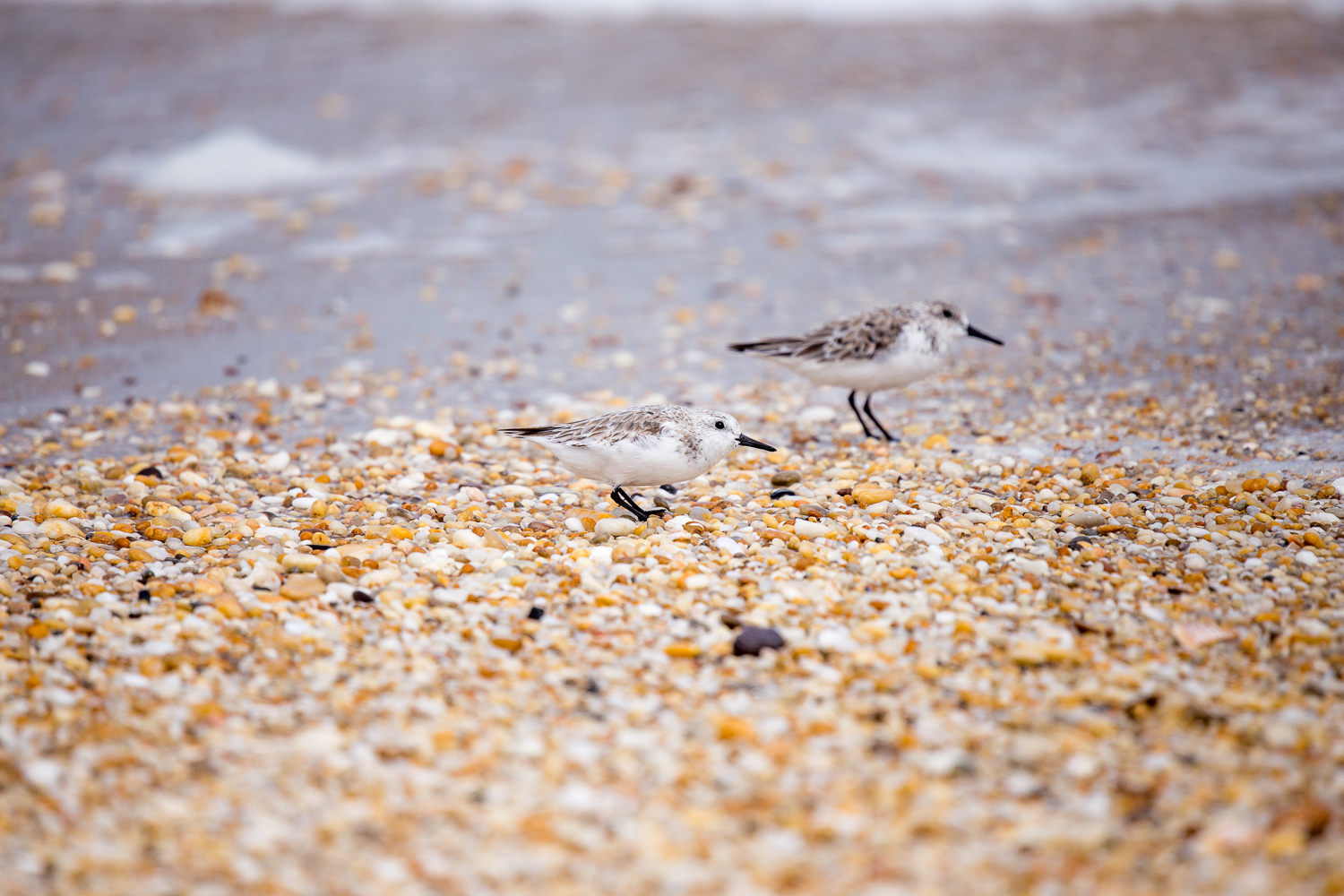
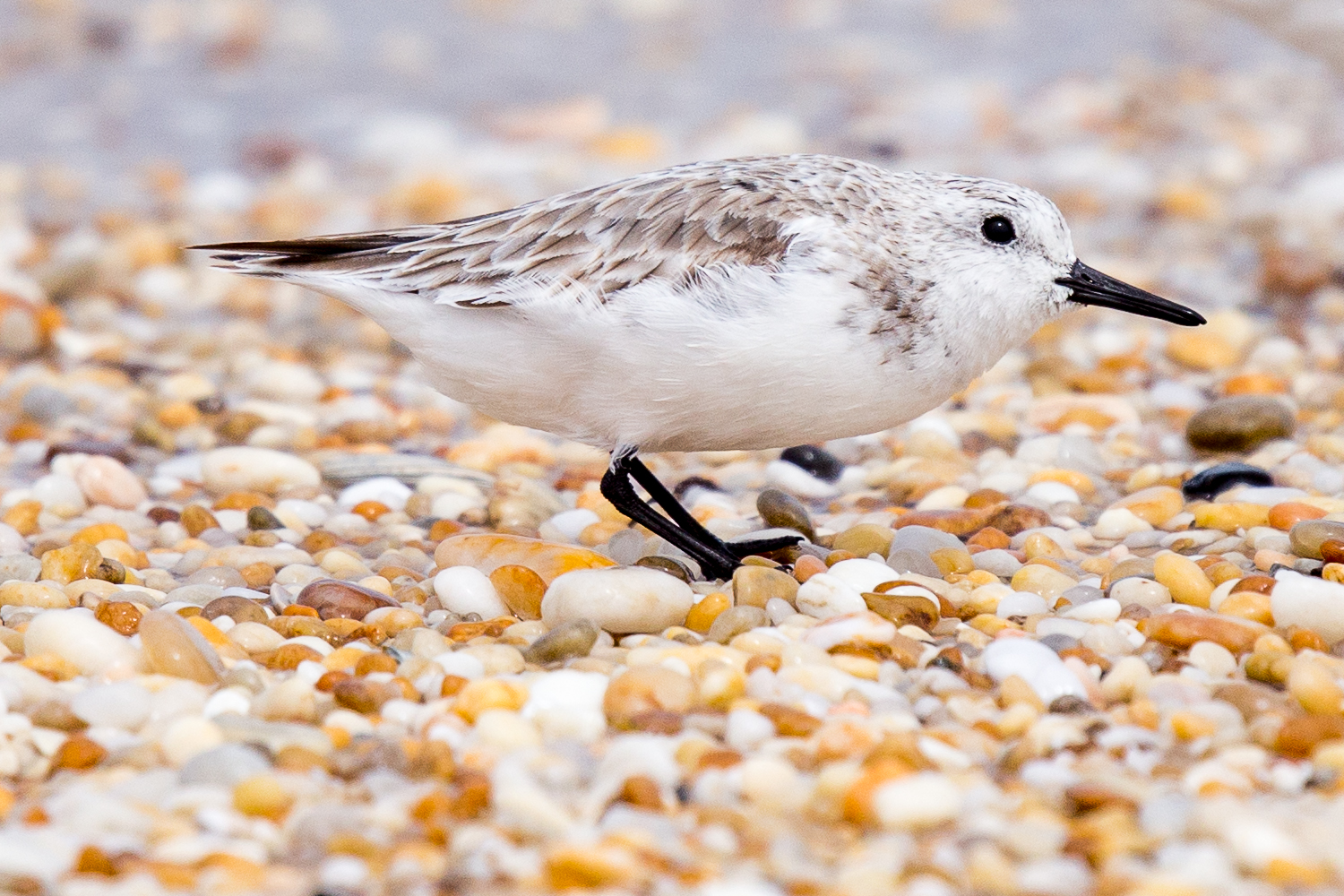
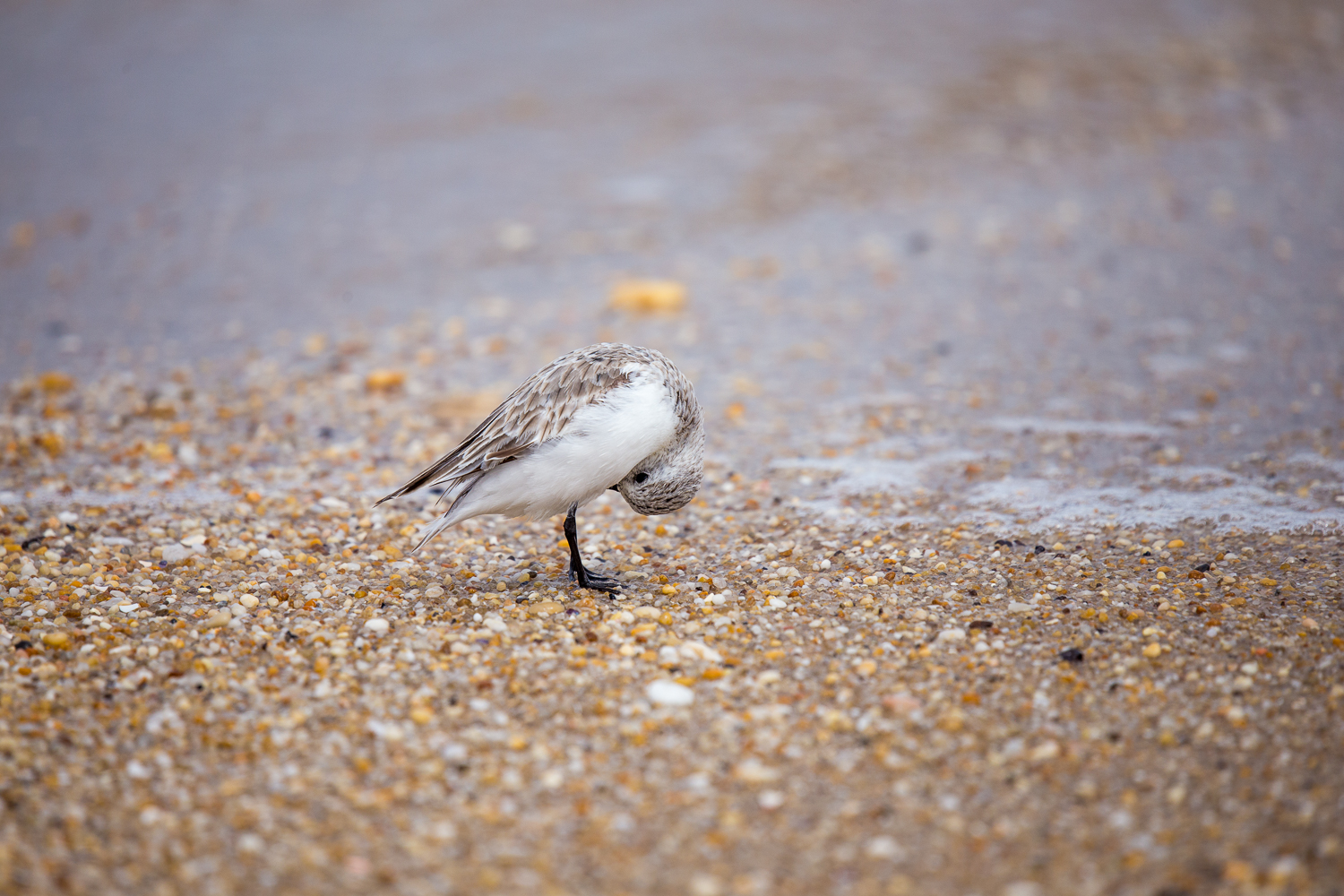
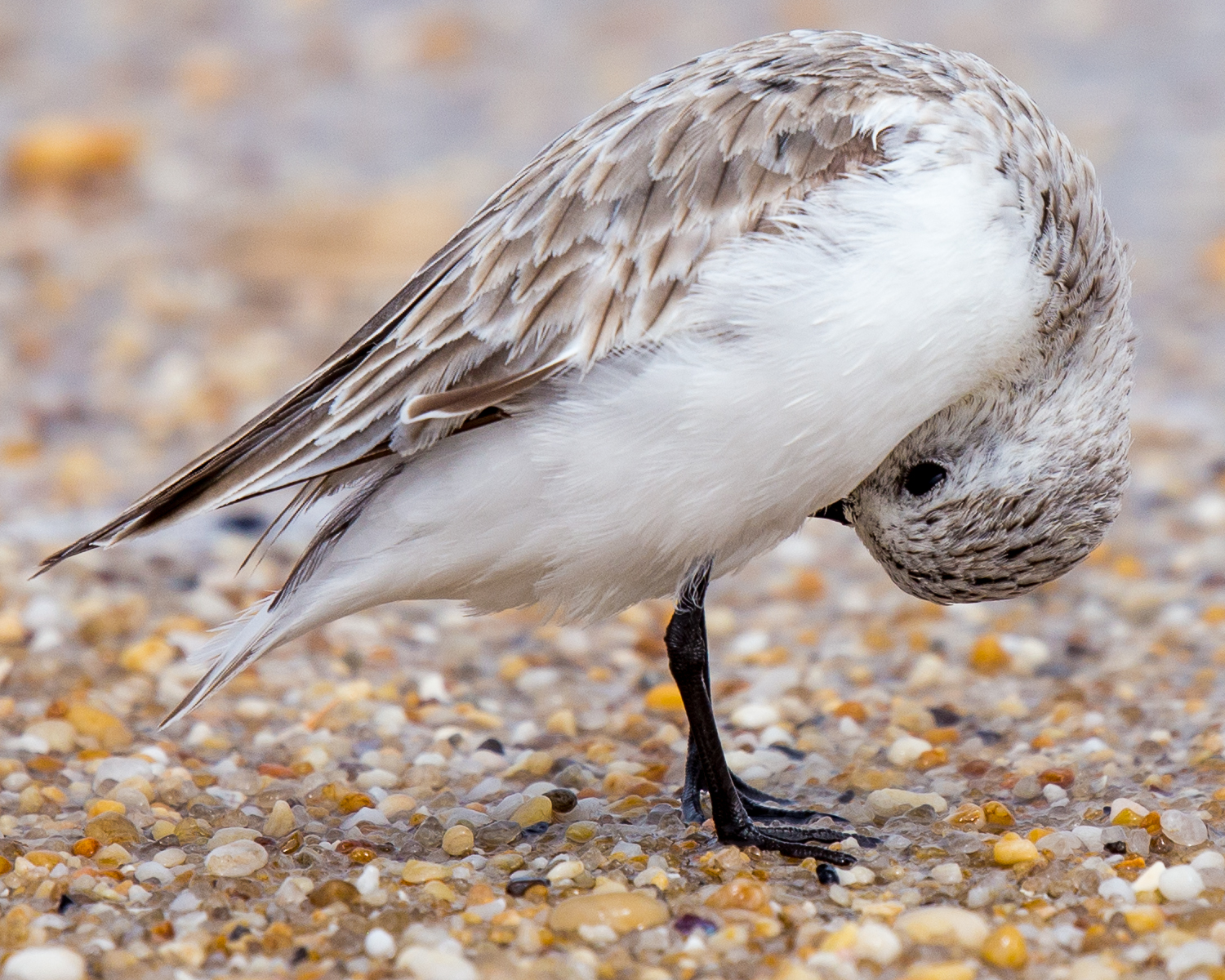
The SIGMA 100-400mm F5-6.3 DG OS HSM | Contemporary is a super-sharp 4X super telephoto zoom lens in a very compact package for it full-frame reach and range. And at $669 street, it is a whole lot of lens for the money.

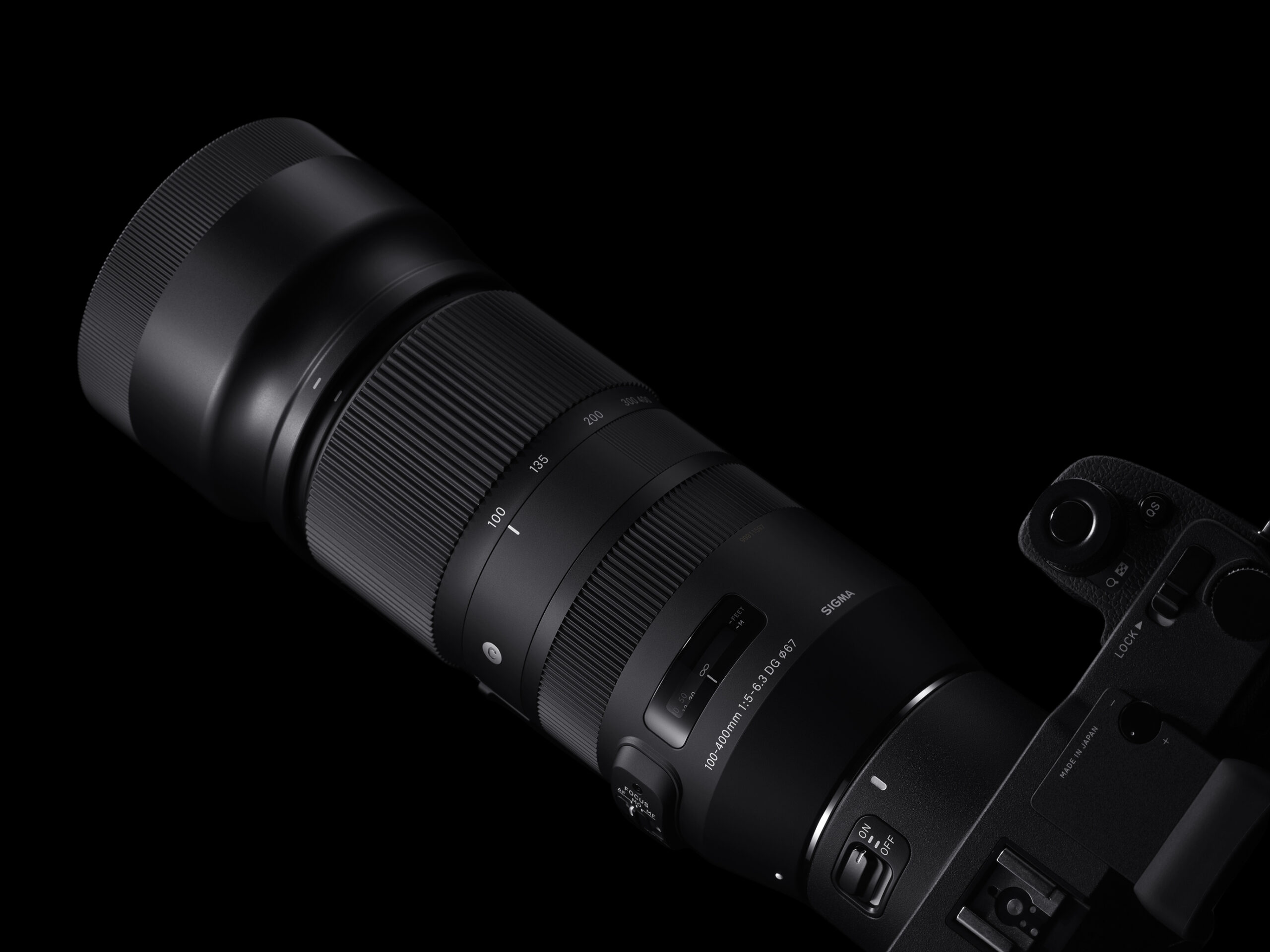

I’m hoping this lens will prove to be a valid alternative to Canon’s EF 100-400L Mk II. Maybe that is unrealistic but one can always dream. I like the one lb less weight as well as the price.
You didn’t use the OS. My question is does it work well or not. Using OS even at higher shutter speeds is still very helpful in tracking flying birds.
I am interested. Having been thinking a Tamron 150-600 G2, but that is twice as heavy and about twice as expensive. Unfortunately Yellowstone wildlife are frequently a long shot away! Waiting ti see these reviews on cameras like my Nikon D7200
Is this lens also available for Nikon Mount ?
Thanks for the review Jack I have one on the way to me.I ordered it from Adorama although I am in Manitoba, Canada.Its the quickest place that I could get one from. There service is great. I cannot wait to get my hands on it.It’s my first telephoto lens.Sigma has come out with some great stuff lately.I use a Canon 80D so it should be good.
Can you use 2x converter
with the 100-400 lens
I have a sigma converter
Can this lens be used with a Canon Rebel T5?
To be clear, is the lens compatible with Canon autofocus? I plan to use it with a Canon 70D camera…